CES 2025 has evolved from the home audio/video show it used to be in the “old days” to a showcase for advanced technology in all walks of life. This year’s show included a strong presence for automotive technology with multiple auto-makers showcasing advanced new infotainment systems. Two brands known for innovation and sound quality in the home entertainment space, Denon and Dirac, teamed up to showcase what’s possible in automotive sound when you apply the right combination of advanced hardware and software.
Using a Tesla Model Y as the platform, the companies built a prototype sound system which combined some of the stock Tesla speakers and amplification with custom speaker drivers and Dirac surround sound processing to create an impressive and fully immersive sonic experience. The system can even be integrated with Denon’s Adaptive Acoustic Technology (AAT) which allows each passenger to create a personal audio profile customized to his or her specific hearing.

We gave the system a listen and found that it offered cabin-filling immersive surround sound, thanks to Dirac’s spatial surround processing and custom transducers from Tymphany as well as Sonified by Trèves exciters in the headrests and headliner to enhance the height and spatiality of the image. These companies are all part of the Audio Foundry – a technology collaborative which “empowers members to bring disruptive ideas to life in automotive audio and acoustics.”
The system’s bass response was full without being boomy or overbearing. Details in the music were clear and articulate. Compared to the basic “immersive sound” effect in the stock Tesla audio system (with which I am very familiar), the Denon/Dirac immersive effect offered a huge improvement in clarity.

Rather than demonstrate Dolby Atmos-encoded music tracks, the Dirac/Denon team chose to highlight Dirac’s immersive surround upconversion technology which creates spatial sound from standard two-channel (stereo) music tracks. The development team said the system can also easily accommodate Dolby Atmos decoding for any automotive clients who choose to deploy their technology.
“Dirac and Denon share the same commitment to pioneer the future of audio across all product categories and listening environments,” said Dirac Vice President of Automotive Hendrik Hermann. “At CES 2025, we are debuting and demonstrating the Denon Car Audio Concept System that features Dirac’s sound optimization and spatialization technologies that establish a new benchmark in immersive, spatialized audio performance in the vehicle environment.”
Previous collaborations between the two brands include both home A/V and headphone projects. In home theater, Dirac’s best-in-breed room correction technology is offered as an option in Denon receivers such as the AVR-X3800H, to optimize the sound of a home theater system for the owner’s specific listening room. Dirac Live room correction uses a professional microphone to measure the speakers’ frequency and impulse response in the listening room and adjusts each speaker’s output in both amplitude and phase to optimize the system’s sound. Dirac room correction can be quite effective at overcoming deficiencies in a room’s acoustics without requiring unsightly or expensive acoustic treatments.
The two companies also collaborated on the design of the Denon PerL earbuds. These in-ear ‘phones feature Dirac Virtuo spatial audio technology to enhance the reproduction of multi-channel immersive surround sound from a standard pair of earphones. They also include the afore-mentioned “AAT” (Adaptive Acoustic Technology), which provide the option to measure your hearing response and save it to a user profile. Denon automotive reps at CES told us it would be easy to add AAT to any production implementation of the system, which would allow each passenger to hear a custom sound mix.
Featuring a total of 22 speakers and exciters, the Dirac-optimized and Dolby Atmos-enabled system installed in the Tesla Model Y included multiple height and headrest channels to create an immersive experience in a car cabin that rivals Denon’s home audio systems. Speaking to the challenge of optimizing immersive sound within the small confines of an automotive cabin, Hermann said, “Vehicle speakers can often interfere with each other to cause distortion and reduce audio clarity – and systems with more speakers create greater interference. A car cabin’s shape and materials can also lead to unwanted sound coloration, resulting in muddy, booming sound that makes it difficult to discern where sound is coming from.”
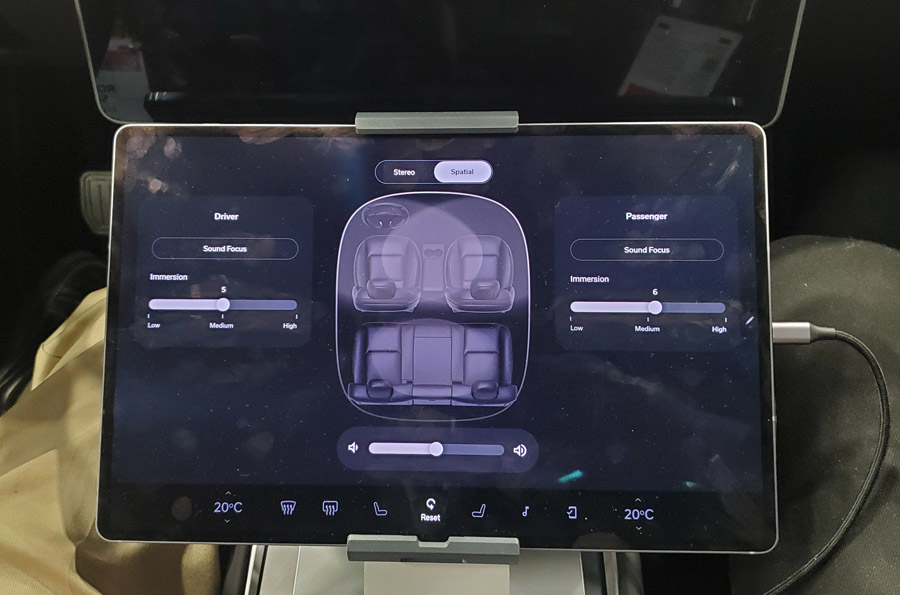
With Dirac’s extensive experience with room correction, it’s a natural progression for the company to address similar challenges in the automotive space, enabling all the speakers in a car to work intelligently together and cooperate on each other’s impulse response. The Dirac processing removes the unwanted effects of cabin acoustics and creates ideal loudspeaker responses for maximum fidelity and optimized bass performance.
As for immersive surround, Dirac’s upmixing technology enables spatial audio experiences from regular two-channel stereo sources, without coloring the sound.
At CES, we were able to adjust the level of immersiveness to suit our tastes, with a different mix available in each seat and the ability to save custom settings as presets for future rides.
The Bottom Line
The Denon/Dirac immersive audio system shown at CES 2025 was a prototype intended to provide a proof of concept to potential automotive brand clients at CES. It addresses major issues in complex automotive systems by ensuring that all elements of the cabin and audio system work together for coherent and immersive sound that can be tailored for each passenger. From what we heard, the system has great potential so we hope to see it in a production vehicle in the near future.
More information:
Related Reading:


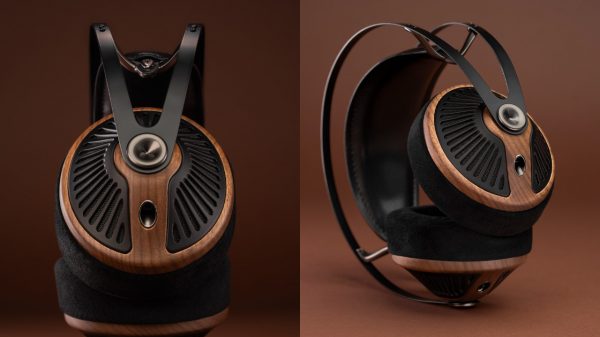

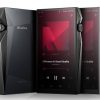

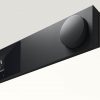
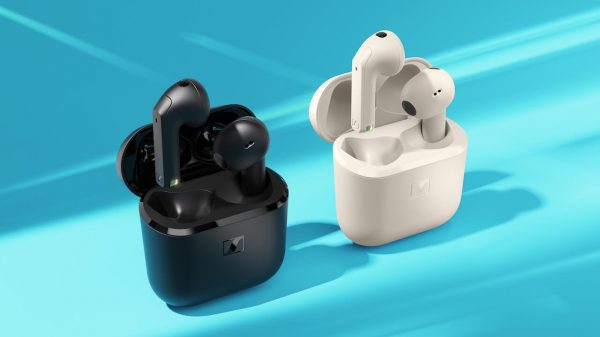
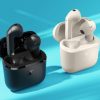

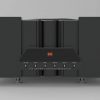
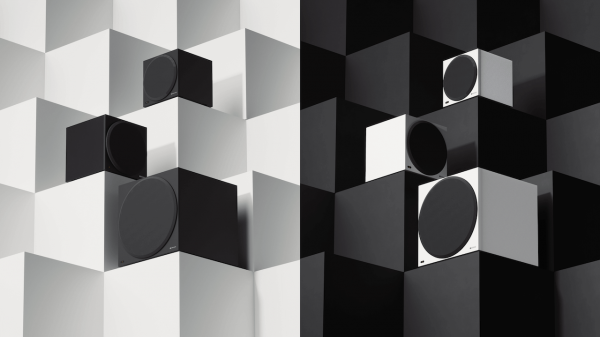

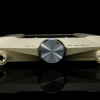




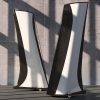
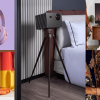


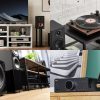

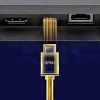







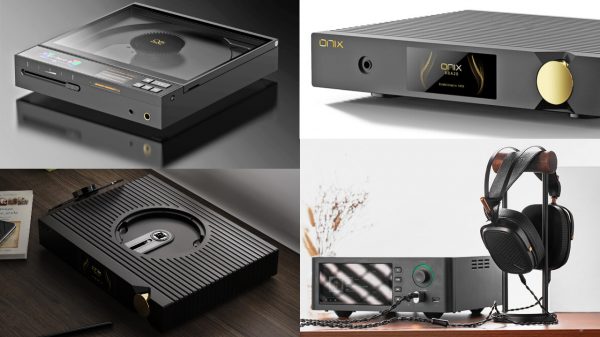
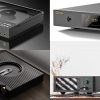

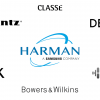




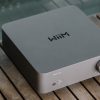











David J Crandon
January 26, 2025 at 11:19 pm
Denon and Dirac, get your stuff together by finally offering us ART. You promised it 2 years ago and you have yet to deliver. Many of us have spent hundreds and hundreds of dollars on your other Dirac products because we have to get them for ART to work. Still waiting after 2 years. Pissed off